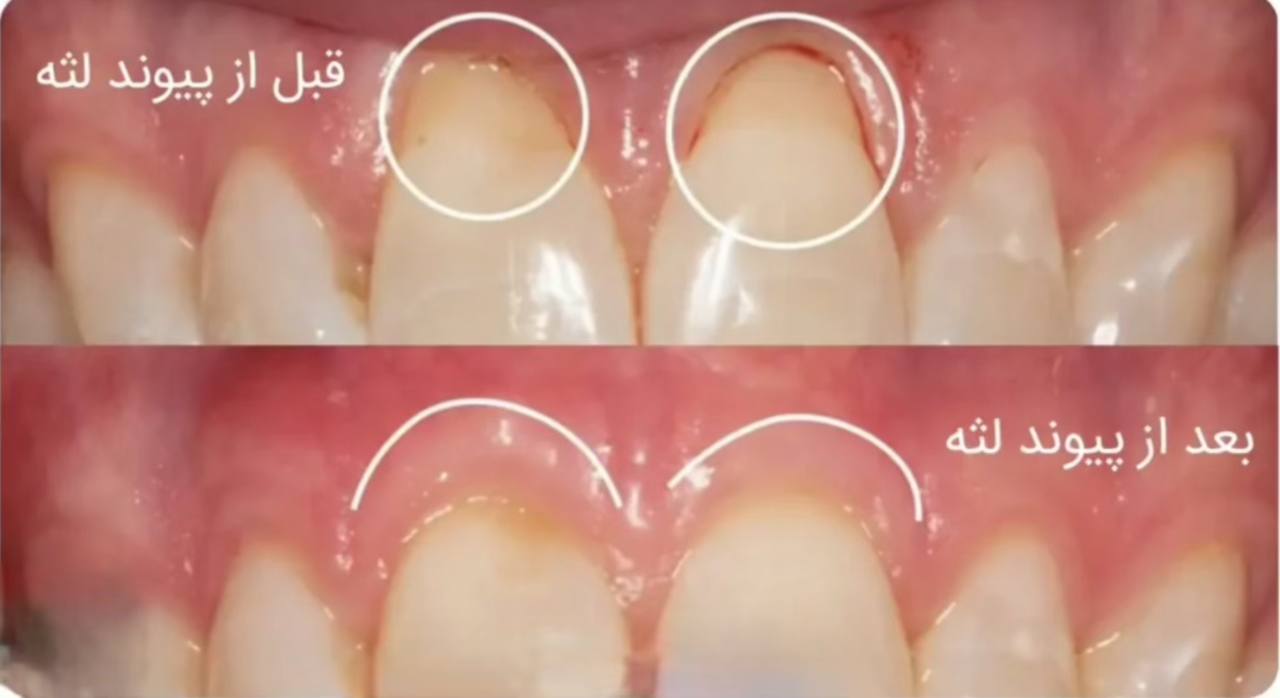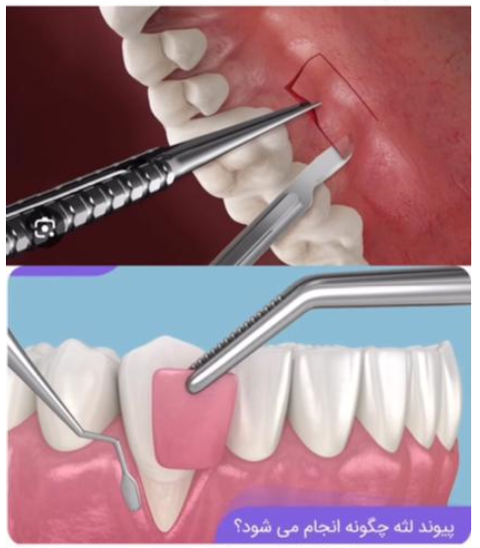Gum Grafting
What Is Gum Grafting, and Who Needs It?
If your gums are receding, your dentist may recommend a gum tissue graft. But what exactly is gum grafting, and who should consider it? Gum recession exposes the roots of your teeth, making them more prone to decay, sensitivity, and wear.
Gum grafting can correct receding gums. Your dentist may refer you to a periodontist (gum specialist) for this simple procedure. During the graft, the specialist takes a piece of tissue from the roof of your mouth or healthy gum tissue and attaches it to the area where your gums have receded. This is a relatively quick procedure, and you can leave the clinic as soon as it’s completed.

What Causes Gum Recession?
Gum recession occurs when the gum tissue diminishes, exposing more of the tooth and its root. This condition can lead to increased sensitivity, especially when consuming hot or cold foods and beverages. Since gum recession happens gradually, many people may not realize it is occurring until noticeable changes appear.

Types of Gum Grafts
1.Free Gingival Graft
Similar to the connective tissue graft, this method involves taking a small piece of tissue directly from the roof of the mouth instead of creating a flap. It is typically recommended for individuals with thin gum tissue.
2.Connective Tissue Graft
This is one of the most common gum grafting procedures. The specialist creates a flap on the roof of the mouth, removes a layer of connective tissue from underneath, and grafts it onto the damaged gum area.
3.Pedicle (Lateral) Graft
Unlike the other methods, this technique does not involve taking tissue from the roof of the mouth. Instead, the specialist uses tissue from the gum area adjacent to the damaged site. The gum is stretched and repositioned to cover the affected area. This method is not suitable for individuals with thin gums.
A periodontist will discuss these three options with you and recommend the best type of graft based on your specific needs.

Post-Operative Care Instructions Following Gum Graft Surgery
- Keep the sterile gauze placed by your doctor on the surgical site in your mouth for about one hour. Speak with your mouth closed, swallow your saliva, and do not spit.
- The cold compress provided by our clinic after surgery should be applied during the first 24 hours — place it on the surgical area for five minutes, then remove it. During the second 24 hours, keep the area at rest. If swelling persists during the third day, use a warm compress.
- If there is bleeding from the surgical site, moisten a tea bag, place it on the wound, and contact us immediately.
- Usually after the effects of anesthesia wear off, you may experience pain. In this case, you can take the painkillers prescribed by your doctor to reduce discomfort.
- On the second day, disinfect the surgical area using mouthwash or saline solution (diluted salt water).
- For the first 12 hours after wisdom tooth extraction or surgery, consume only cold and liquid foods. Also, avoid chewing food with the surgical area for about one week.
- Avoid heavy physical activity, sports, smoking, and hookah use for approximately one week after surgery.
- Avoid touching the surgical site or stitches. If any complications arise, please contact us immediately.
Our Services for Patients at the Clinic
FAQ
What services are offered at Dr. Hamed Keramat's Specialized Dental Clinic?
Could you provide the clinic's address and how to get there?
How can I know the exact cost of dental services before treatment?
What are the working hours of Dr. Hamed Keramat Specialized clinic?
Dr. Hamed Keramat specialized clinic is open on Saturdays, Sundays, Mondays, and Wednesdays in the afternoon shift, and on Tuesdays and Sundays in the morning shift to serve you, our esteemed patients.
How can I book an appointment at Dr. Hamed Keramat specialized clinic?
To book an appointment at Dr. Hamed Keramat specialized clinic, simply call 88694120 or fill out the contact form on Dr. Keramat’s clinic website, and our experts will get in touch with you as soon as possible.
